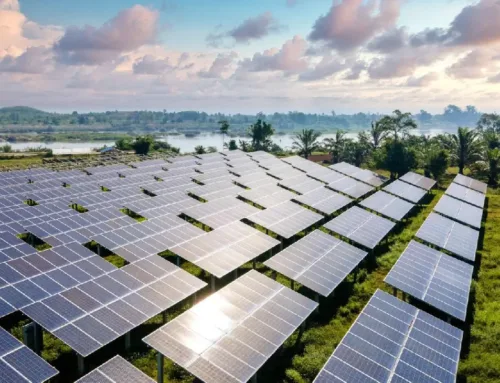
According to a Reuters study of official statistics, India’s solar energy output growth slowed in September, at a time when coal-fired utilities are suffering a fuel shortfall that accounts for more than 70% of the country’s power generation.
Half of India’s 135 coal-fired power reactors have fuel reserves of less than three days, making solar energy growth vital this year. The coal scarcity in India might persist for up to six months, according to India’s estimates.
Coal owned by the government In September, rain impacted output in major mining locations, causing production to increase at the slowest rate in six months and supply to expand at the slowest rate in seven months in India, which accounts for over 80% of the country’s coal output.
According to an examination of federal grid regulator POSOCO’s daily load despatch data, solar energy generation growth dropped to 24.7% year over year in September from 41% in August.
According to the report, other major sources of electricity output declined in September, with hydro falling 5% and gas-fired power plummeting 31.6% from the previous year.
Analysts fear that a seasonal shift in India’s power consumption patterns could put further strain on coal-fired utilities already suffering from a severe shortage and result in power disruptions.
“Renewable energy will not be available early in the day and immediately after sunset when power demand generally peaks during winter in India,” a Singapore-based power sector analyst said.
Higher humidity in the coming weeks, according to Victor Vanya, director of power analytics firm EMA Solutions, might lead to a surge in power demand caused by higher air-conditioning requirements, as well as a rapid degradation in coal stocks.
“If the humidity stays high in the next two weeks, India is quite likely to end up in a ‘China-like scenario,” he told Reuters. Coal supply problems in China have resulted in power outages in some areas.
However, CRISIL, a unit of S&P, predicts a 15% to 16% increase in solar output in the six months leading up to March 2022, and that a slowing in total power demand growth will relieve limitations on India’s coal-fired power plants.
“This will be bolstered by a 5% -6% and a 3% -4% increase in generation from nuclear and hydro sources, respectively,” CRISIL told Reuters, adding that widespread disruptions were unlikely.
Click Here for more updates Ornatesolar.com



Leave A Comment